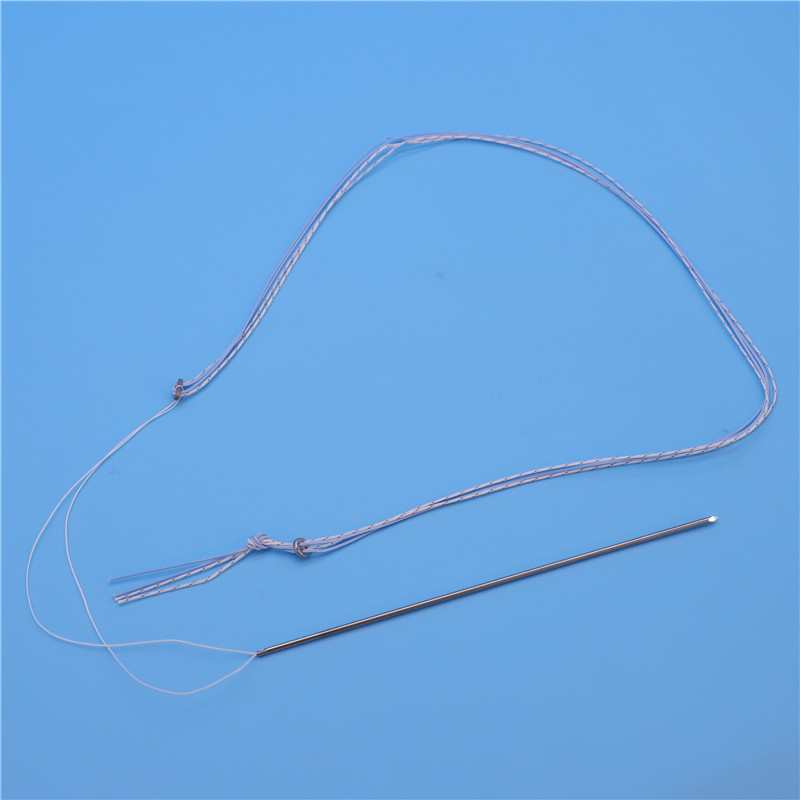When a Bandage or Transdermal Patch Causes Rash
Adhesives provide the stickiness that allows a variety of products to stay on the skin. Examples of these products include adhesive bandages, artificial nails, and transdermal patches, which give medicine through the skin. Dermalon

While adhesives serve an important purpose, some people may develop an adhesive allergy after using them. Glues used for the adhesives may cause contact dermatitis , a skin condition that may include a rash, blisters, and skin flaking.
This article explores symptoms of adhesive allergies. It will also explain how this allergy is diagnosed, as well as the treatment options available.
When adhesives are left on the skin for hours or days, an allergic reaction may occur. This will usually only impact the area that the adhesive came into contact with. However, symptoms can affect other areas if the reaction is more severe.
Symptoms of an adhesive allergy may include:
An allergen is a substance that triggers an allergic reaction. With allergic contact dermatitis, the body "remembers" what the body has developed an allergy to, and if exposed to the allergen again, the rash will likely reappear and may be worse than the original rash. .
Patch testing is a procedure that may be used to diagnose an adhesive allergy. With patch testing, a doctor applies allergens to patches and places them on the patient's back. They will then check a couple days later to see if there has been a reaction. Patch testing can:
Patch testing is a helpful way to figure out exactly what is causing your allergic reaction. What you think may be an adhesive allergy may turn out to be a sensitivity to something else.
Treatment for an adhesive allergy will vary depending on the severity of the reaction.
If a rash is severe, or extremely itchy, you may need to stop using that specific adhesive product. The rash may be treated with a topical corticosteroid, which is an anti-inflammatory cream.
This may involve an over-the-counter hydrocortisone 1% cream or a stronger prescription cream. If you have any questions or concerns, be sure to reach out to your doctor.
Symptoms of an adhesive allergy may include blisters, itchy skin, flaking skin, and a rash. While a mild reaction may only appear where the adhesive was applied, a more severe reaction is also possible.
If you think you have an adhesive allergy, it's best to reach out to your doctor to confirm your diagnosis. They may suggest patch testing to find out exactly what you are allergic to.
If you do have an adhesive allergy, treatment may include avoiding products with adhesives, removing adhesive products to allow your skin to heal, and using a corticosteroid cream to treat a rash.
You can try using a barrier film before applying an adhesive bandage. You can also use a hypoallergenic bandage such as surgical cloth tape. If the wound is on your arm or leg, you can cover it with gauze and then hold it in place with an elastic self-adherent wrap such as Coban.
Yes, you should be able to use a liquid bandage on a variety of injuries, including cuts, blisters, scrapes, and more. Spray-on liquid bandages are especially easy to use.
There are a variety of things you can try to prevent skin reactions to your wearable glucose monitor. These include:
Spencer A, Gazzani P, Thompson DA. Acrylate and methacrylate contact allergy and allergic contact disease: a 13-year review. Contact Derm. 2016;75(3):157-64. doi:10.1111/cod.12647
Institute for Quality and Efficiency in Healthcare. Allergic contact dermatitis: overview. Updated May 7, 2020.
Gamradt P, Laoubi L, Nosbaum A, et al. Inhibitory checkpoint receptors control CD8 resident memory T cells to prevent skin allergy. J Allergy Clin Immunol. 2019;143(6):2147-57. doi:10.1016/j.jaci.2018.11.048
Glenn Y. When your patient is sensitive to tape. Nursing. Jan 2006;36 (1):17.
Medline Plus. Lacerations—liquid bandage. Updated Jan 14, 2020.
Englert K, Ruedy K, Coffey J, et al. Skin and adhesive issues with continuous glucose monitors: a sticky situation. J Diabetes Sci Technol. 2014;8(4):745-751. doi:10.1177/1932296814529893
By Daniel More, MD Daniel More, MD, is a board-certified allergist and clinical immunologist. He is an assistant clinical professor at the University of California, San Francisco School of Medicine and currently practices at Central Coast Allergy and Asthma in Salinas, California.
Thank you, {{form.email}}, for signing up.
There was an error. Please try again.

Elastic Wound Plaster By clicking “Accept All Cookies”, you agree to the storing of cookies on your device to enhance site navigation, analyze site usage, and assist in our marketing efforts.